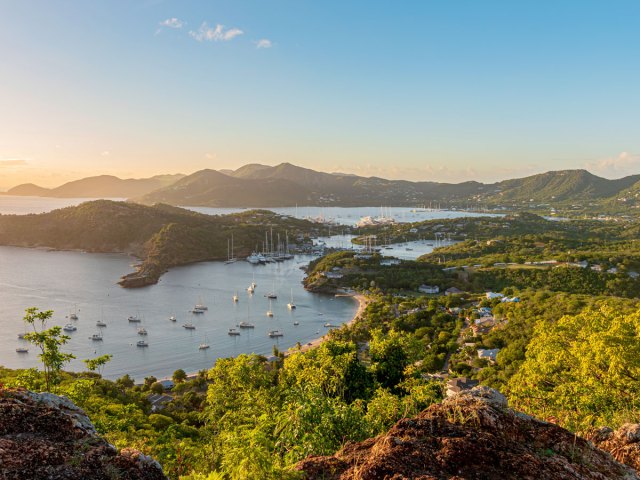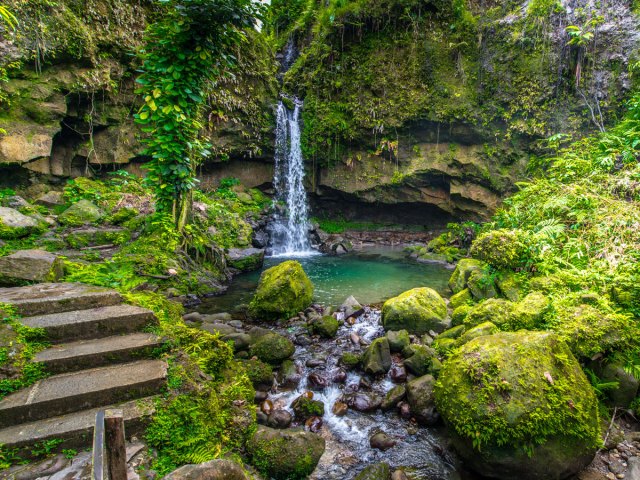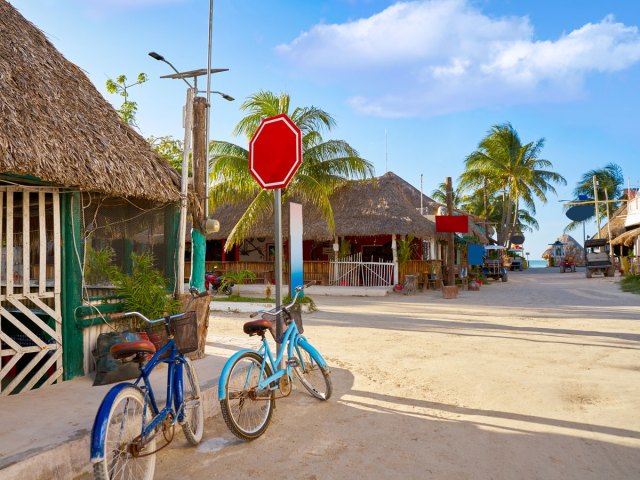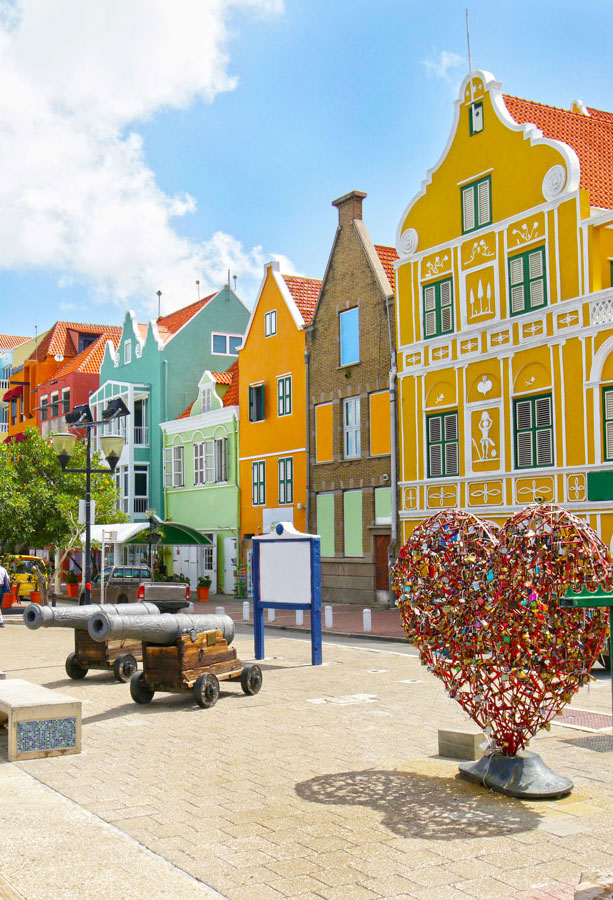The Caribbean Sea is home to more than 700 tropical islands that have long provided vacation bliss for warm-weather seekers. Some islands are far-flung and difficult to reach, while others attract hordes of visitors every year. Looking to get off the beaten path on your next Caribbean adventure? Here are five beautiful and fascinating, but underrated, islands in the Caribbean that you might not know.
Saba

The smallest island on our list, Saba clocks in at just 5 square miles and has a population of around 2,000 people. Located 30 miles south of St. Martin, Saba is a special municipality of the Netherlands, but the primary language here is English, and the U.S. dollar is the national currency. Prior to colonization in 1632, the Cibney peoples founded what is now known as Fort Bay, followed by the Arawaks and the Caribs.
Saba’s pristine natural beauty and rich biodiversity have earned it the nickname of “the Unspoiled Queen.” Scuba diving, hiking Mount Scenery (the highest point of land in the Dutch Kingdom), and exploring the island’s four quaint towns are some of the top attractions. A 90-minute boat ride or a 17-minute flight from St. Martin is all it takes to reach the island’s idyllic shores. If you choose to fly, brace yourself for landing on the 1,300-foot runway (the shortest commercial runway in the world) that clings to the side of a cliff overlooking the ocean.
Barbuda

The sister island of better-known Antigua, Barbuda is a laid-back, single-village island with dreamy beaches and considerably fewer tourists. Though Barbuda only covers 62 square miles, its marvelous beaches more than make up for its small size, and the island’s luxury resorts draw honeymooners seeking a private getaway.
Nature and history lovers can head to the untamed Two Foot Bay, with access to caves with prehistoric engravings on the walls, and discover the only nesting ground for frigate birds outside of the Galápagos Islands at the Frigate Bird Sanctuary. Be sure to also explore Barbuda’s charming capital of Codrington to discover local markets and historic ruins. And you can’t go wrong for beaches, but Pink Sand Beach, Coco Point Beach, and Palmetto Point are all must-visits.
Dominica

While Dominica boasts plenty of pretty beaches, they aren’t its biggest claim to fame. The island — which, as of late, has become a popular ecotourism destination — is better known for its lush rainforests, hidden waterfalls, mountainous terrain, and dense forest cover. First colonized by the French and later the British, Dominica is one of the few Caribbean islands that has a significant population of indigenous Carib Indians.
Nine volcanoes populate the 290-square-mile island, resulting in stunning black sand beaches and some of the most challenging hikes in the Caribbean. Adding to the long list of Dominica’s natural attractions are its sulfur springs, 365 rivers, and Boiling Lake — the second-largest flooded volcanic fumarole in the world. And if you’re perhaps wondering why all this beautiful scenery looks familiar, you might recognize it from 2006’s Pirate of the Caribbean: Dead Man’s Chest, part of which was filmed in Dominica.
Curaçao

Located 35 miles off the coast of northern Venezuela, Curaçao is the largest of the ABC islands (the three westernmost islands of the Leeward Antilles, consisting of Aruba, Bonaire, and Curaçao). The island only recently gained independence from the Netherlands in 2010, and there’s still plenty of evidence of Dutch influence. The capital, Willemstad, is lined with pastel-colored buildings with steep roofs, sidewalk cafes selling Dutch and Afro-Carib cuisine, and historic sites claiming UNESCO status.
At 171 square miles and with a population of roughly 150,000 people, Curaçao doesn’t feel like a small remote island paradise, but it does offer plenty of variety to satisfy a range of visitors — from the sandy beaches of the southwest part of the island to the nightlife and restaurant scene in Otrabanda, with golfing, scuba diving, and snorkeling opportunities throughout.
Isla Holbox

Pronounced “ay-lah hol-bahsh,” this strip of sand off the coast of Cancun is quite unlike its party-hardy counterpart. A 2.5-hour boat ride from the mainland finds you on the sleepy shores of the 26-mile-long island surrounded by shallow waters. Holbox — with a name meaning “black hole” in the Mayan language due to the dark colored water in the Yalahau Lagoon — was used as a pirate hideout in the 16th century and was colonized by the Spanish in the 19th century. Attacks from Mayans in the 20th century forced mainlanders to flee to the island, eventually creating a tight-knit community of farmers and fishermen.
Today, not much has changed on this quiet Mexican island, home to roughly 2,000 people, many of whom rely on fishing as their primary source of income. Visitors come to Isla Holbox to leave the sometimes hectic atmosphere of Cancun behind and reconnect with nature, stroll along picturesque white sand beaches, spot whale sharks and native birds, and dine on delicious Caribbean seafood.
More from our network
Daily Passport is part of Inbox Studio, which publishes content that uplifts, informs, and inspires.
















